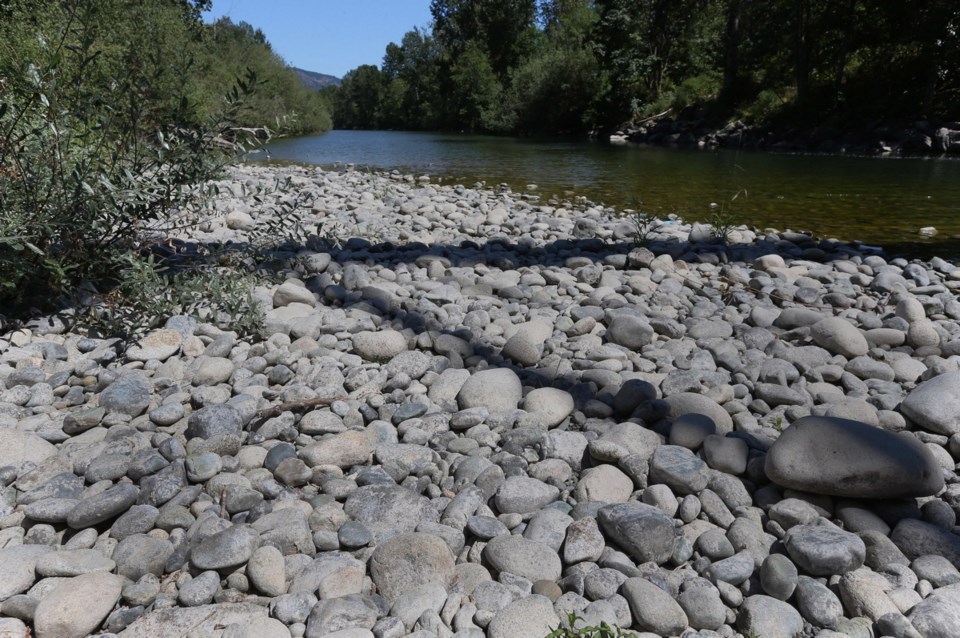A new research project at the University of Victoria looks at indigenous and colonial watershed stewardship in three communities where water is scarce, including the Cowichan Valley.
“The overarching purpose is to support responsible stewardship in the province,” said Val Napoleon, director of the Indigenous Law Research Unit.
Napoleon and law faculty colleague Deborah Curran received $350,000 from the federal government and Real Estate Foundation of B.C. for the three-year project.
They will look at three regions of B.C. with ongoing water issues: the Similkameen, Nemiah and Cowichan valleys.
In each community, they plan to look at indigenous and non-indigenous laws and practices regarding water, then bring those together to plan for future stewardship.
“The thread is that water is a precious resource,” Napoleon said. “What we’re doing is innovative because it brings together different users.”
She said the results will help the province as it implements the new Water Sustainability Act, meant to protect groundwater from over usage and help avoid water crises.
As the first watershed project to examine indigenous law in water stewardship alongside common Canadian law, the project also responds to the call to action in the Truth and Reconciliation report in 2015, Napoleon said.
The report calls for a federal investment in indigenous law education, awareness and access to justice.
“Indigenous people have laws in all aspects of life, family law, property law, environmental law,” Napoleon said. “These are not always recorded. Some are stories. They could be understood as case law — stories about something that happened that informs the legal process.”
Curran said the Cowichan Valley was a natural choice because of its ongoing water issues, including drought and floods, and the collaboration already being done in the community.
“They have an interesting partnership between several levels of government and the tribes,” she said, citing the Cowichan Watershed Board. The community’s ongoing winter floods and summer droughts have been branded “the new normal” by the regional district.
Curran said many generations of indigenous knowledge in the area inform the water sustainability efforts but, to her knowledge, indigenous law has not been formally recognized alongside common law.
This is where the research project comes in, “to make all levels of government aware of indigenous laws that are equally valid,” she said.
Curran said the project is also an opportunity to raise awareness about indigenous law and the potential for it to be practised alongside the conventional Canadian laws.
“Canada is already multi-juridical,” she said, noting Quebec uses civil law while the rest of the country uses common law. “We also have indigenous law.”



